When I went to university to read for a degree in botany, 55 years ago, there were only three pieces of equipment that I had to take with me:
A white lab coat (donated by my grandad, who was a dairyman and wore one for his daily work)
A dissecting kit, with a cut-throat razor for cutting sections of plants
A hand lens, because a botany degree in those days involved a lot of plant identification in the field
What reminded me of all this was this little book - Pocket-Lens Plant Lore by James Small, published in 1931. I bought it a few years ago, for 50p. in a second-hand book shop.
The author, appropriately named for someone who was writing about tiny objects, was Professor of Botany at Queen's University Belfast. He seems to have written the book with children in mind, because the dedication reads:
‘To Sheila and Donn,
two small children who wanted to
SEE THE INSIDES OF THINGS
It is hoped that the little book may be useful and interesting to youthful inquirers of all ages.’
It's a charming little book that, month-by-month, uses a hand lens to explore the features of 192 different plant species, including their buds, leaves, flowers and seeds.
There are pages of small illustrations for plants that are in season, showing details of their external features and internal structure that are visible in sections of stems.
This is a page for February, showing groundsel, white willow, oak, privet, elm, birch and laurel. For every species there is a page of description for the features you can expect to see with a hand lens.
Simple equipment
I took the book for a test-drive using one of his chosen species for May, bush vetch Vicia sepium - ‘a modest, rather dull-looking hedgerow plant’ - which was flowering in the garden.
Here is Small's drawing of the features to look out for ...
...and here is the accompanying page of description
The flower, opened, revealing the style, ‘with its curious beard of fine hairs, and stamens’ …
In the intact flower the stigma, style and ovary are enclosed in a boat-shaped keel petal. The weight of a visiting insect, forcing its way in to reach the pollen, pushes down on the keel petal so that the rigid style, with its ‘curious beard of fine hairs’ pokes out and sweeps pollen onto the underside of the visitor.
This is the ‘butterfly’ that Small points out in his illustration, a pair of small leafy structures called stipules that sit either side of the junction of the leaf stalk and the plant stem. Stipules are a distinctive feature of members of the pea family . The small patches on them, pale in the specimen above and brown in the one below, are the ‘heart-shaped nectar-glands’ that the author mentions. These are visible on the stipules of many members of the pea family and are often visited by ants; there is a suspicion that this might be the plant’s way of recruiting and rewarding an army of ant defenders., or perhaps they lure them away from stealing nectar from flowers which they would be too small to pollinate.
What I really like about this book is that it's aimed at encouraging the natural curiosity that ‘youthful inquirers of all ages’ are born with. Learning the name of a wild flower is just the beginning of a journey; observing how a plant works, along the way, is endlessly fascinating.




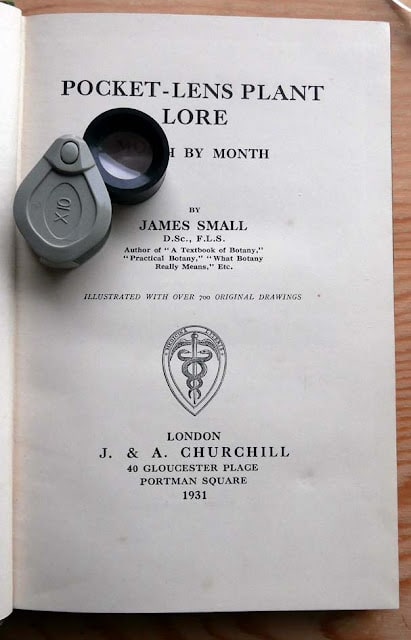
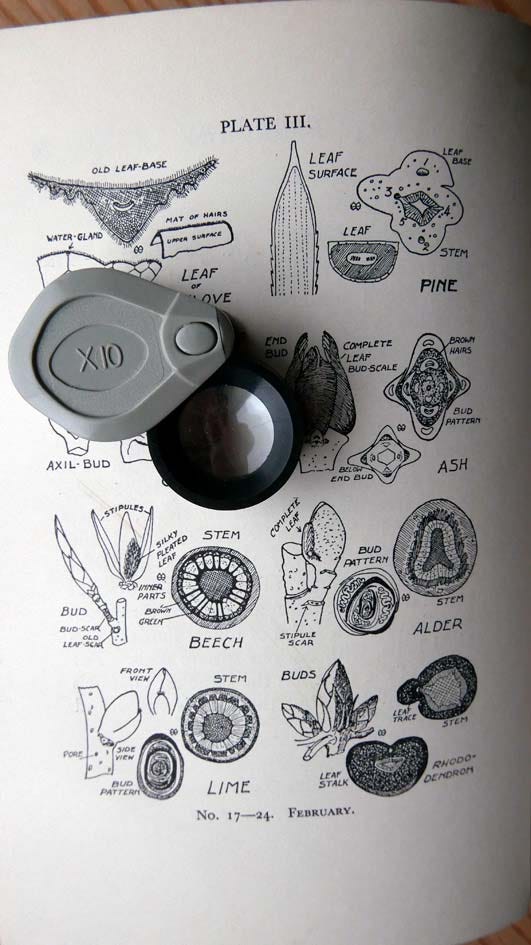

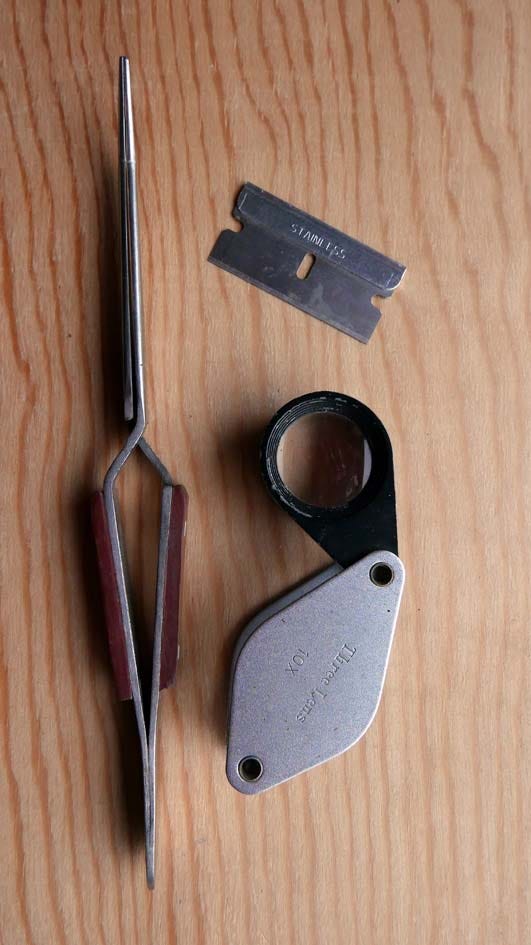
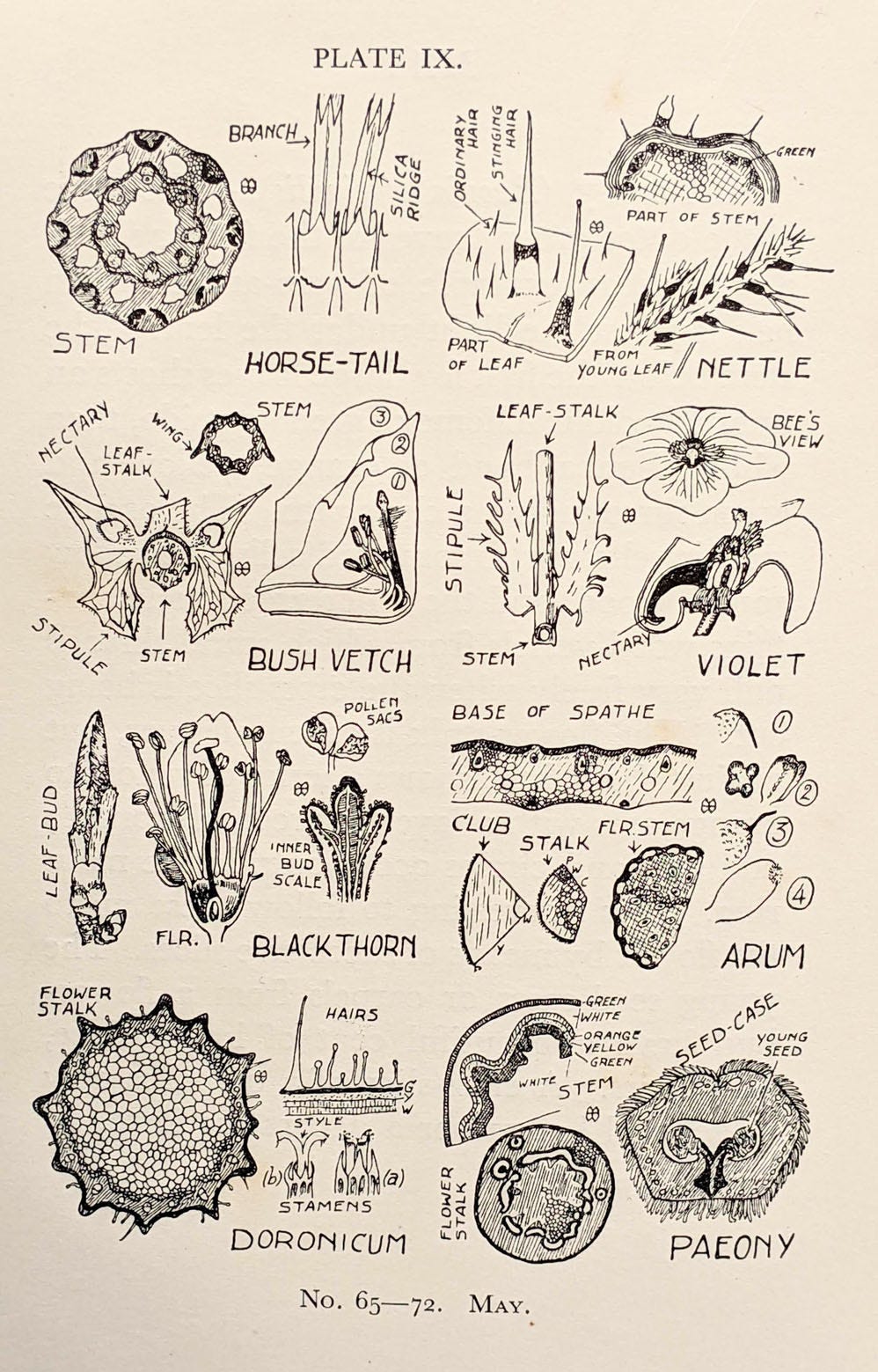
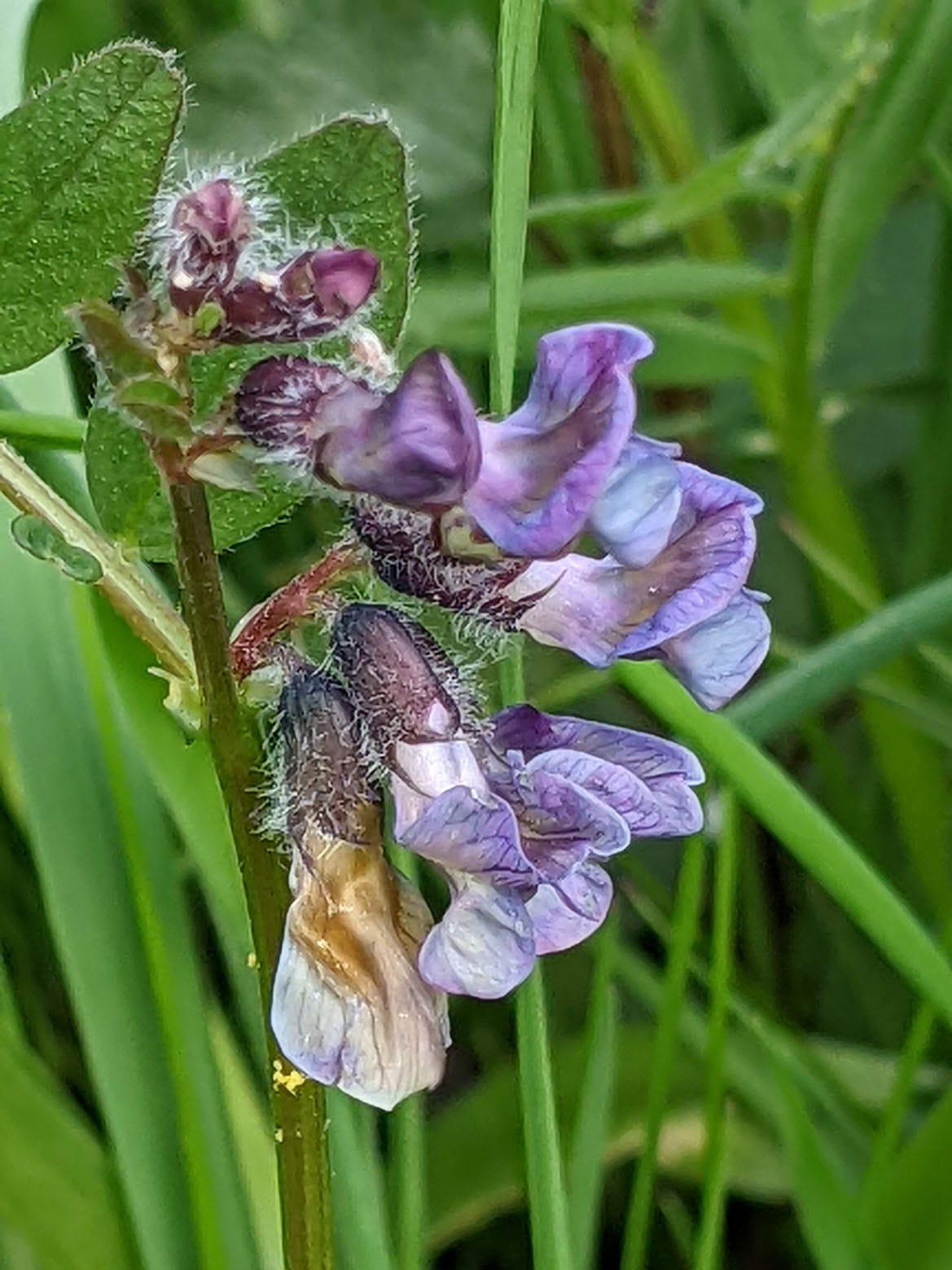



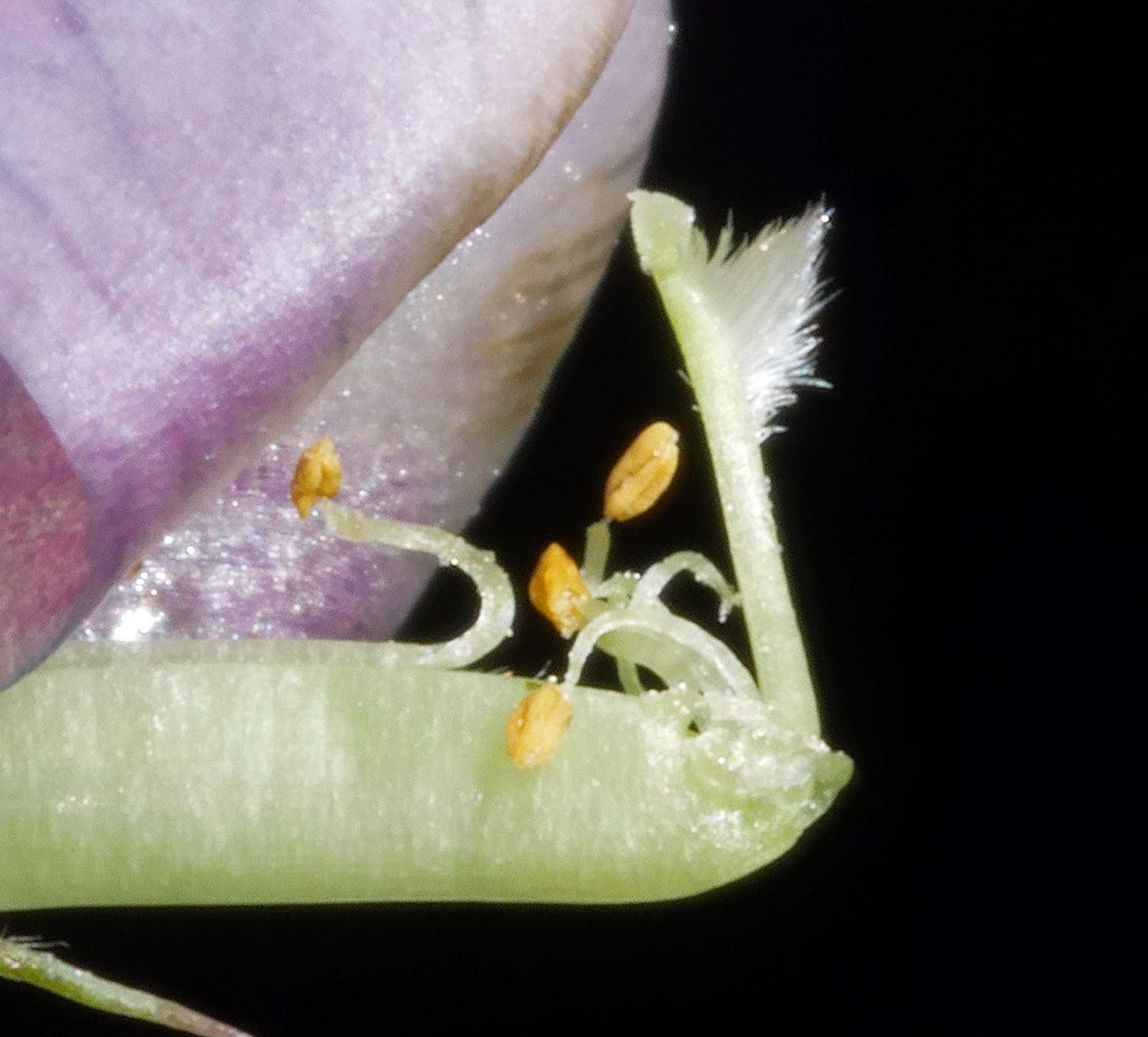


Are you familiar a pair of books called ‘Biological Drawings with notes Volumes 1&2’ by Maud Jepson, published in 1938.
My dad gave me them in my early teens and I’m sure that’s what inspired my love of Biology. I used to faithfully copy the drawings and follow the notes. They are in a very similar vein to the book you talk about.
I’ve still got them, somewhere, but you can find copies on the web with a bit of sleuthing if you are interested.
What an interesting book! I'm curious, based on the book's title, does it include any folklore or traditions in the plant entries?